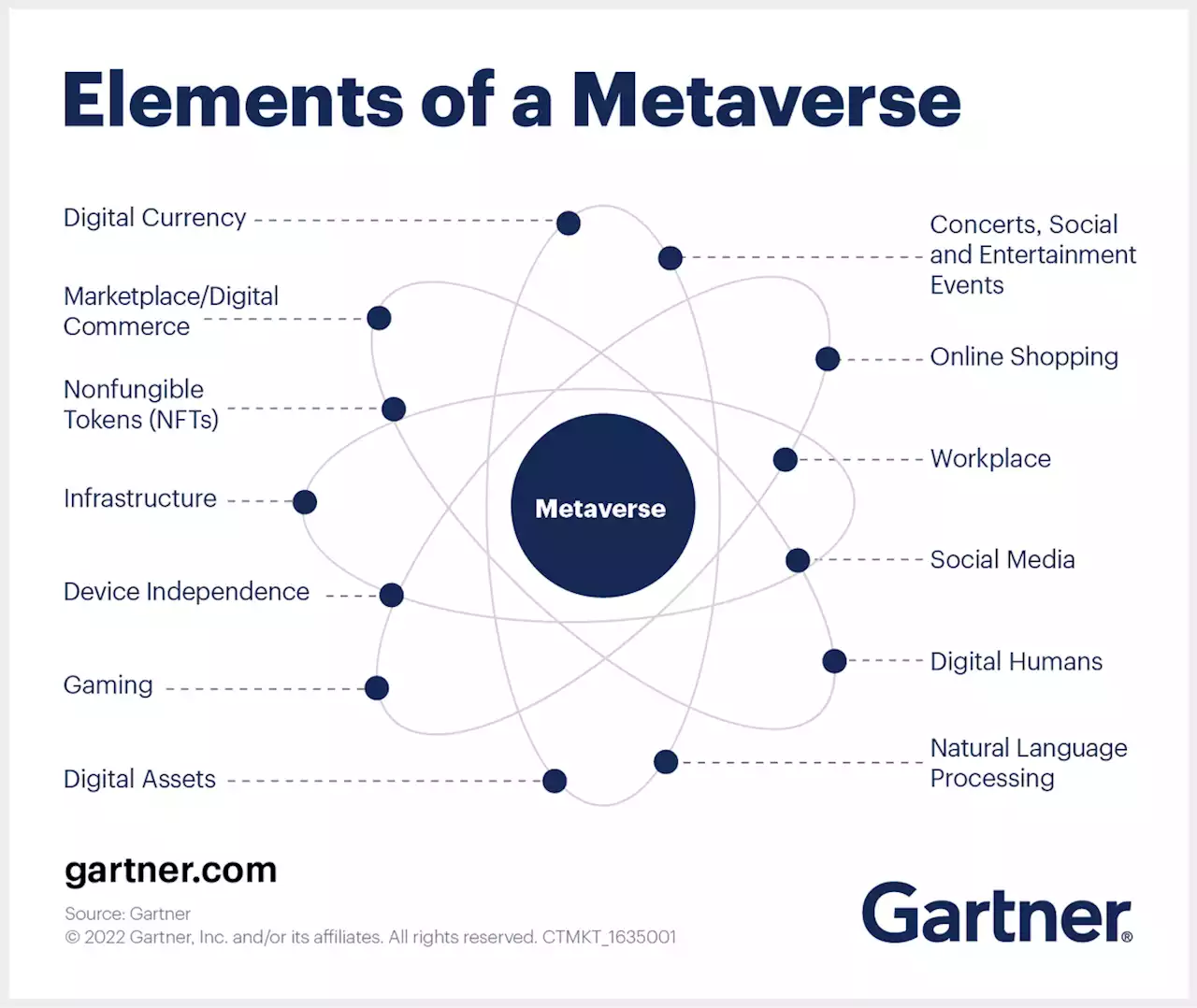The “fiscal” and “monetary” policy tools of smart contract blockchain platforms may work even better than the economic policy tools of governments.
In reality, though, such counter-cyclical fiscal policies are rarely executed well, due to limited time horizons and judgment errors of decisionmakers. In boom times, fiscal tightening is hard because the government has higher revenues available to spend. When the cookie jar is overflowing, few have the discipline or political fortitude to not eat more cookies.
The monetary policy of blockchain economies, on the other hand, does not depend on human judgment and the impact is more direct. On Ethereum, the base fee collected for each transaction is “burned,” reducing money supply. This means that during an economic boom where there are more transactions, more ETH tokens are taken out of circulation, pushing up the value of ETH relative to on-chain products and services and helping to cool the economy.
In the long term, this increases the stickiness of a chain’s citizenship, boosts price stability of everything denominated in the layer 1 token, and lowers the transaction cost associated with excess price volatility for everyone. As discussed, the blockchain platforms’ revenues come from two sources: 1) fiscal revenues from transaction fees, and 2) monetary revenues from token issuance seigniorage, i.e. the monetary profit a token issuer gets that stems from the difference between market value of the token and its issuance cost. Part of these revenues are paid as staking yields to citizens, allowing everyone that participates in the platform to share the output of its economy as non-labor earnings.
United States Latest News, United States Headlines
Similar News:You can also read news stories similar to this one that we have collected from other news sources.
 Blockchain Metaverse Environments are Becoming More Than a Concept | HackerNoonMetaverse is not a brand new concept. It came from 1992 in the sci model snow crash by Neal Stephenson.
Blockchain Metaverse Environments are Becoming More Than a Concept | HackerNoonMetaverse is not a brand new concept. It came from 1992 in the sci model snow crash by Neal Stephenson.
Read more »
 To Improve Crypto Gaming, Developers Should Look Back in TimeFor the industry to progress, gaming studios need to look backward to legacy developers. zach_hungate writes
To Improve Crypto Gaming, Developers Should Look Back in TimeFor the industry to progress, gaming studios need to look backward to legacy developers. zach_hungate writes
Read more »
 Metaverse Adoption May Be Disappointingly Slow | CoinMarketCapGartner estimates that 25% of people will spend at least one hour a day in the metaverse — whether this is for work, to shop, to learn, or for entertainment.
Metaverse Adoption May Be Disappointingly Slow | CoinMarketCapGartner estimates that 25% of people will spend at least one hour a day in the metaverse — whether this is for work, to shop, to learn, or for entertainment.
Read more »
 A quarter of people will spend time in the Metaverse by 2026: ResearchThe Metaverse may become your favorite destination soon. By 2026, 25% of people will spend at least one hour a day in the Metaverse for work, shopping, education, social, and entertainment purposes, according to new research. (Reporting via KF_Wright)
A quarter of people will spend time in the Metaverse by 2026: ResearchThe Metaverse may become your favorite destination soon. By 2026, 25% of people will spend at least one hour a day in the Metaverse for work, shopping, education, social, and entertainment purposes, according to new research. (Reporting via KF_Wright)
Read more »
 What Is a Metaverse?Enterprise architecture and technology innovation leaders must explore and understand the emerging Metaverse technology for better adoption and implementation 💡 Learn more: GartnerEA
What Is a Metaverse?Enterprise architecture and technology innovation leaders must explore and understand the emerging Metaverse technology for better adoption and implementation 💡 Learn more: GartnerEA
Read more »
 A quarter of people will have spent time in the metaverse by 2026: ResearchThe Metaverse may become your favorite destination soon. By 2026, 25% of people will spend at least one hour a day in the Metaverse for work, shopping, education, social, and entertainment purposes, according to new research.
A quarter of people will have spent time in the metaverse by 2026: ResearchThe Metaverse may become your favorite destination soon. By 2026, 25% of people will spend at least one hour a day in the Metaverse for work, shopping, education, social, and entertainment purposes, according to new research.
Read more »
